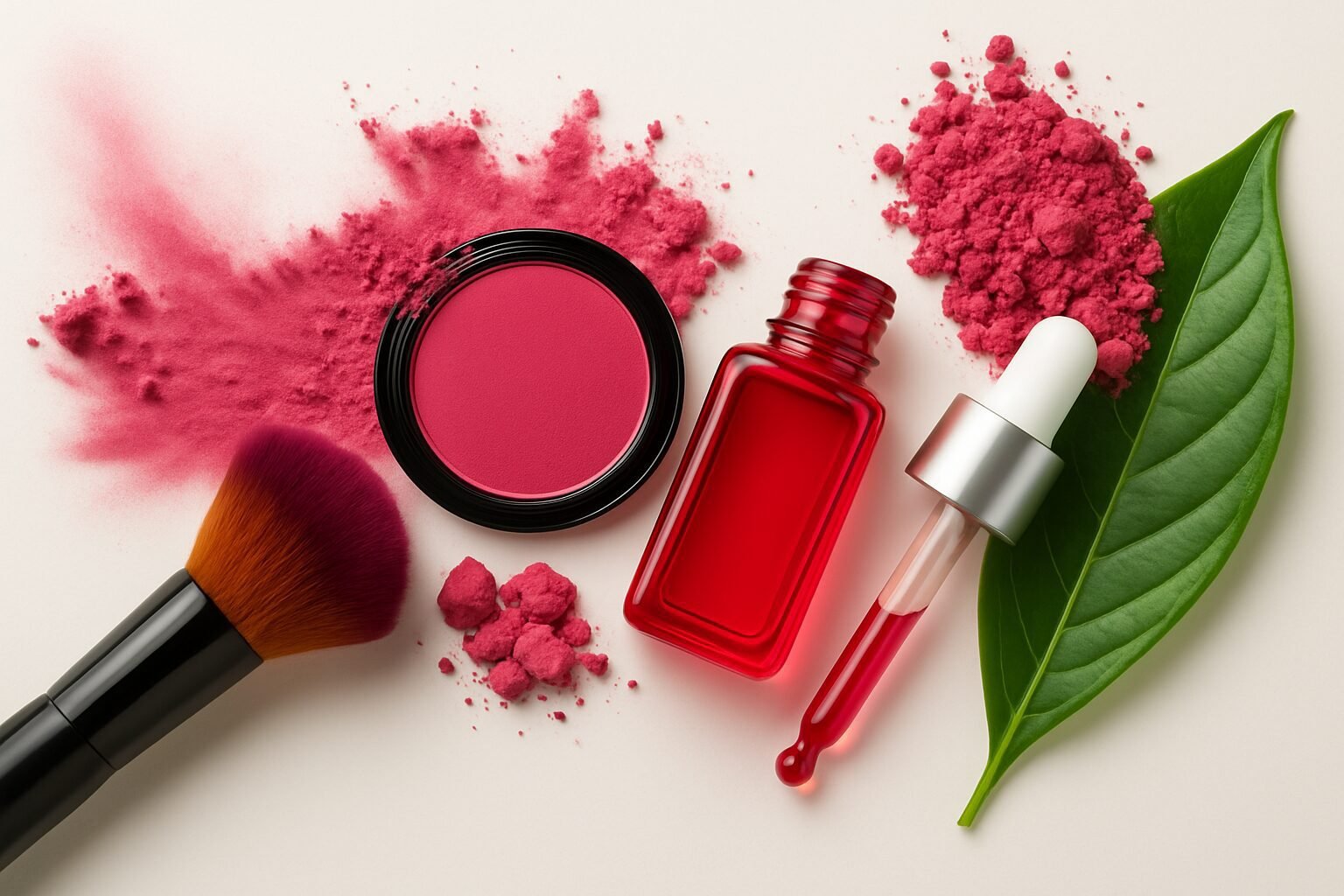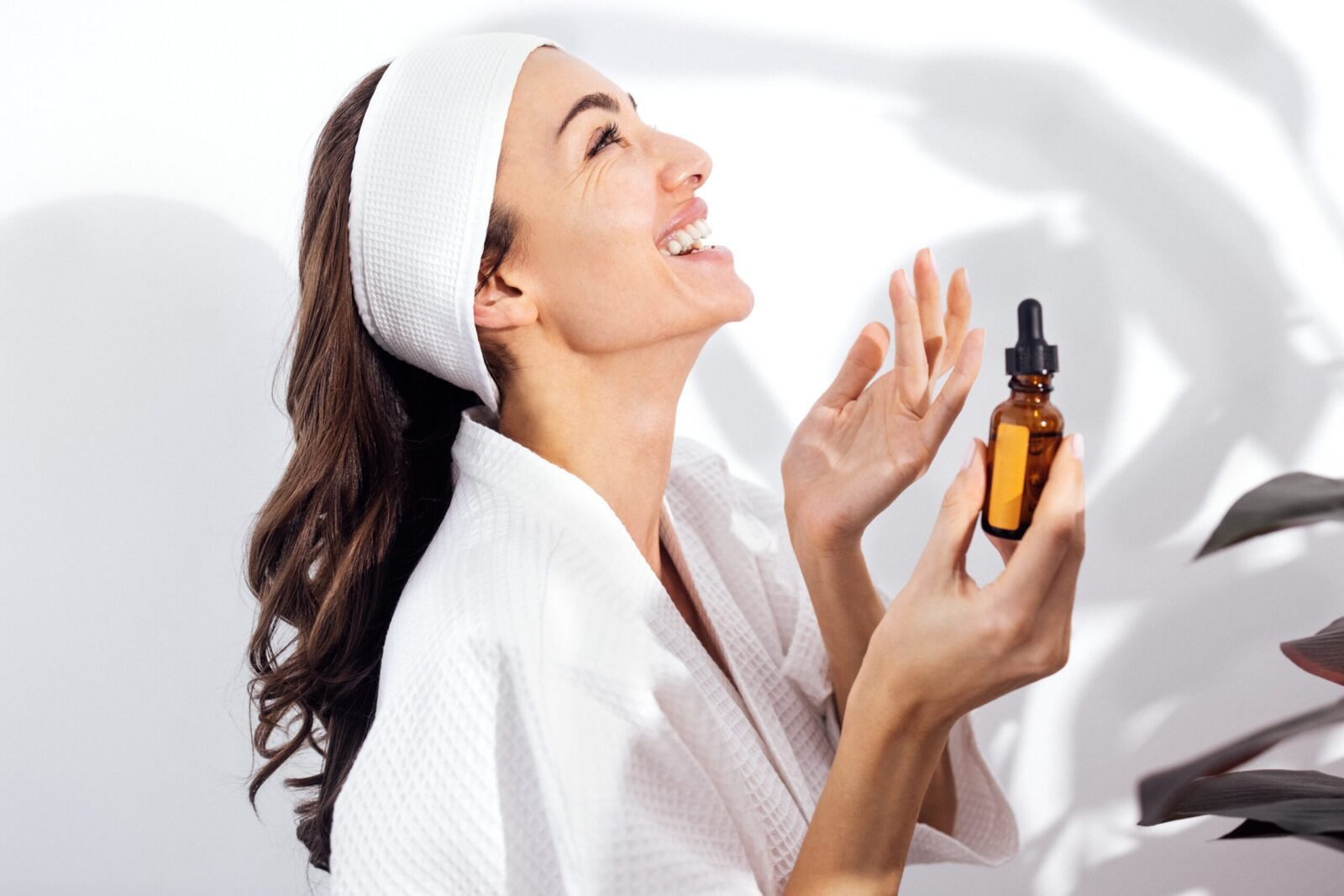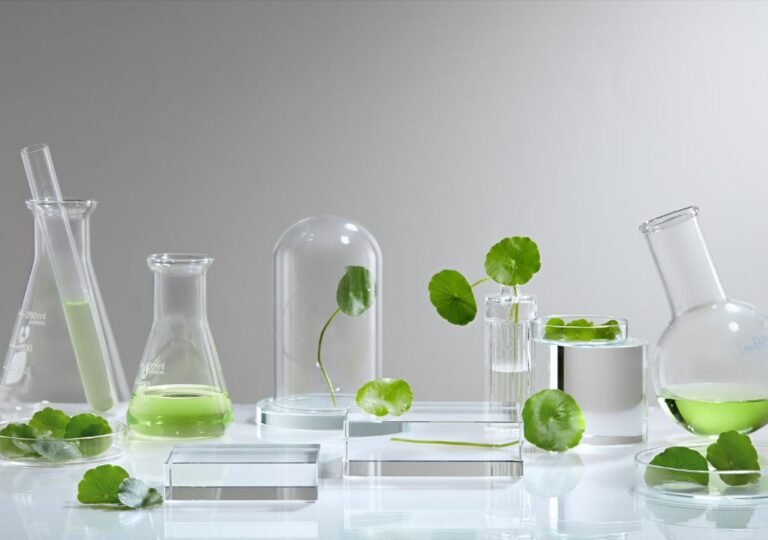The cosmetic industry enters 2025 with renewed determination to merge long-wear performance and sustainability. For decades, film-forming polymers based on acrylates defined waterproof makeup and sunscreens. However, the landscape has changed dramatically. Because of the EU 2023/2055 microplastics regulation, formulators must now seek biodegradable and water-soluble alternatives. Consequently, chemists are adopting acrylates-free film-formers that create durable, flexible films while maintaining clean-label integrity.
Why Film-Formers Matter in Cosmetics
Film-forming polymers generate a continuous layer that locks pigments and actives onto the skin. As a result, the product resists smudging, improves color hold, and enhances perceived quality. Moreover, the film structure influences sensory feel and longevity—two critical consumer metrics. In other words, these polymers bridge science and user experience.
From Conventional to Conscious
Traditionally, formulators relied on acrylates copolymers, PVP/VA, and polyurethane dispersions. Although these materials remain effective, regulatory and environmental scrutiny continues to rise. Therefore, the industry has pivoted toward biopolymer film-formers derived from renewable feedstocks such as pullulan, cellulose esters, and starch derivatives. In addition, these new materials dissolve cleanly, degrade naturally, and align with consumer expectations for transparency.
The Rise of Acrylates-Free Polymer Networks
Modern film-formers replicate the cohesive strength of acrylates through hydrogen bonding and polymer entanglement rather than chemical cross-linking. Consequently, they create flexible matrices that move with the skin and minimize cracking. Furthermore, they enhance comfort and reduce tack, addressing a long-standing consumer complaint about traditional film coatings. Among recent innovations, IPSTIC® Patch Skin-1 represents a tangible leap forward in biopolymer technology.
IPSTIC® Patch Skin-1: A Biopolymer Patch Matrix for Cosmetic Durability
Developed for formulators who require sustainable performance, IPSTIC® Patch Skin-1 creates a soft, breathable film that adheres evenly to the skin. Unlike conventional acrylate systems, this polymer network forms a patch-like matrix that flexes with facial expression. Additionally, it retains actives for gradual release and leaves the skin feeling smooth rather than tight. Therefore, chemists can deliver long wear and comfort simultaneously without sacrificing compliance or sensory appeal.
Technical Advantages
- Forms a continuous, flexible biopolymer film
- Improves water and rub resistance
- Compatible with pigments and encapsulated actives
- Free of acrylates, silicones, and microplastics
- Provides breathable skin adhesion with excellent comfort
Overall, IPSTIC® Patch Skin-1 showcases the future of film-formers: systems that are both technically efficient and environmentally responsible. Moreover, it empowers chemists to claim “microplastic-free,” “biodegradable,” and “clean-performance polymer” in a single technology.
Formulation Strategies with Smart Film-Formers
Building a water-resistant yet comfortable system requires attention to polymer polarity, glass-transition temperature, and solvent evaporation rate. First, the film must adhere strongly without cracking. Next, the polymer should balance hydrophilic and hydrophobic domains to ensure flexibility. Finally, humectants and plasticizers fine-tune softness and stretch. Because of this, blending different film-formers often yields optimal results.
Practical Formulation Tips
- Use 1–5% biopolymer film-former during the final phase
- Include humectants such as glycerin or propanediol for comfort
- Control drying rate for uniform film formation
- Test tack and elasticity through wear panels
- Combine with microalgae pigments for enhanced color hold
Furthermore, integrating film-formers with natural pigments amplifies clean-beauty positioning while improving shade stability. As a result, brands can achieve performance that rivals synthetic systems yet aligns with green-chemistry principles.
Testing Long-Wear and Water-Resistance
Scientific validation remains critical for credible claims. Therefore, laboratories evaluate TEWL reduction, rub-off resistance, and film cohesion using standardized procedures. In practice, a controlled wash or abrasion test quantifies remaining film integrity. Additionally, in vitro adhesion studies on synthetic skin confirm breathability and barrier properties. Consequently, chemists can demonstrate that bio-based matrices perform as effectively as synthetic acrylates.
Regulatory and Sustainability Context
The EU 2023/2055 restriction introduced strict guidelines for synthetic polymer microparticles. Because film-formers typically create continuous layers rather than discrete beads, many qualify for exemptions. Nevertheless, companies must document solubility and biodegradability. Consequently, acrylates-free polymers not only simplify compliance but also reinforce brand credibility through eco-design.
Furthermore, replacing synthetic polymers with natural or hybrid matrices reduces environmental persistence. Therefore, sustainable film-formers contribute to both performance and corporate responsibility—a message that resonates with chemists, marketers, and consumers alike.
Applications Beyond Makeup
Today, smart film-formers extend far beyond color cosmetics. For example, they enhance the water resistance of sunscreens and barrier serums. Additionally, they stabilize tinted moisturizers, hair treatments, and even hand-care patches. Moreover, these matrices integrate seamlessly with encapsulated actives for dual delivery—immediate hydration plus controlled release. Ultimately, versatility makes biopolymer film-formers a central tool in 2025 formulation design.

Connecting Film-Formers to Polymer Matrices
The boundary between polymer matrices and film-forming systems continues to fade. Indeed, every modern film-former behaves as a micro-matrix—retaining actives, regulating diffusion, and providing structural integrity. Therefore, products like IPSTIC® Patch Skin-1 exemplify this evolution by merging film-formation, hydrogel elasticity, and encapsulation behavior into one intelligent architecture.
As a result, the chemist’s role now focuses on designing functional polymer frameworks rather than simple coatings. Overall, this perspective captures Grand Ingredients’ guiding philosophy: Innovation Beyond Chemistry.
Key Takeaways for Chemists
- Film-forming polymers remain essential for long-wear, waterproof, and stability claims.
- Biopolymer and acrylates-free systems deliver equal or superior performance.
- IPSTIC® Patch Skin-1 demonstrates clean, ready-to-use biopolymer innovation.
- Compliance with EU 2023/2055 strengthens eco-label positioning.
- Smart film-formers unify matrix structure, comfort, and sustainability.
Conclusion
In conclusion, film-forming technology is evolving from static coatings to intelligent polymer architectures. Therefore, acrylates-free systems mark a pivotal shift toward cleaner, safer, and more adaptive formulations. Moreover, ingredients such as IPSTIC® Patch Skin-1 prove that sustainability and performance can coexist effortlessly. Ultimately, the future of film-formers lies in designing biodegradable networks that protect actives, enhance sensorials, and comply fully with global regulations. Through this transformation, cosmetic scientists achieve what consumers demand most: products that last, breathe, and respect the planet.
References:







